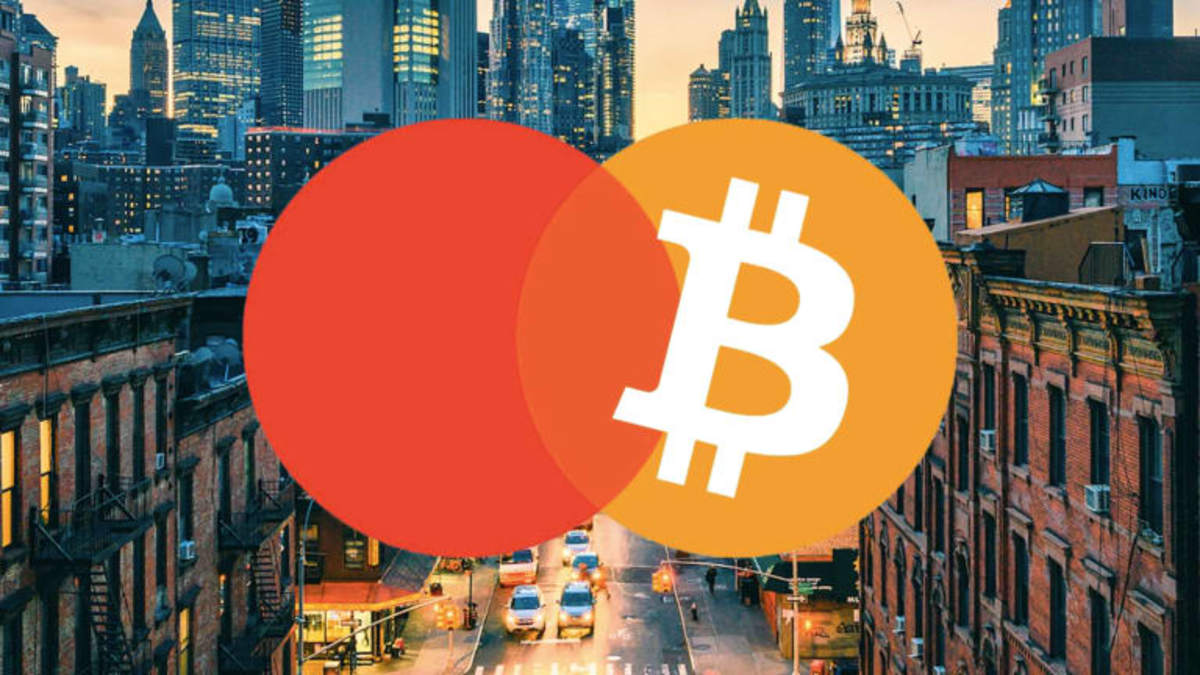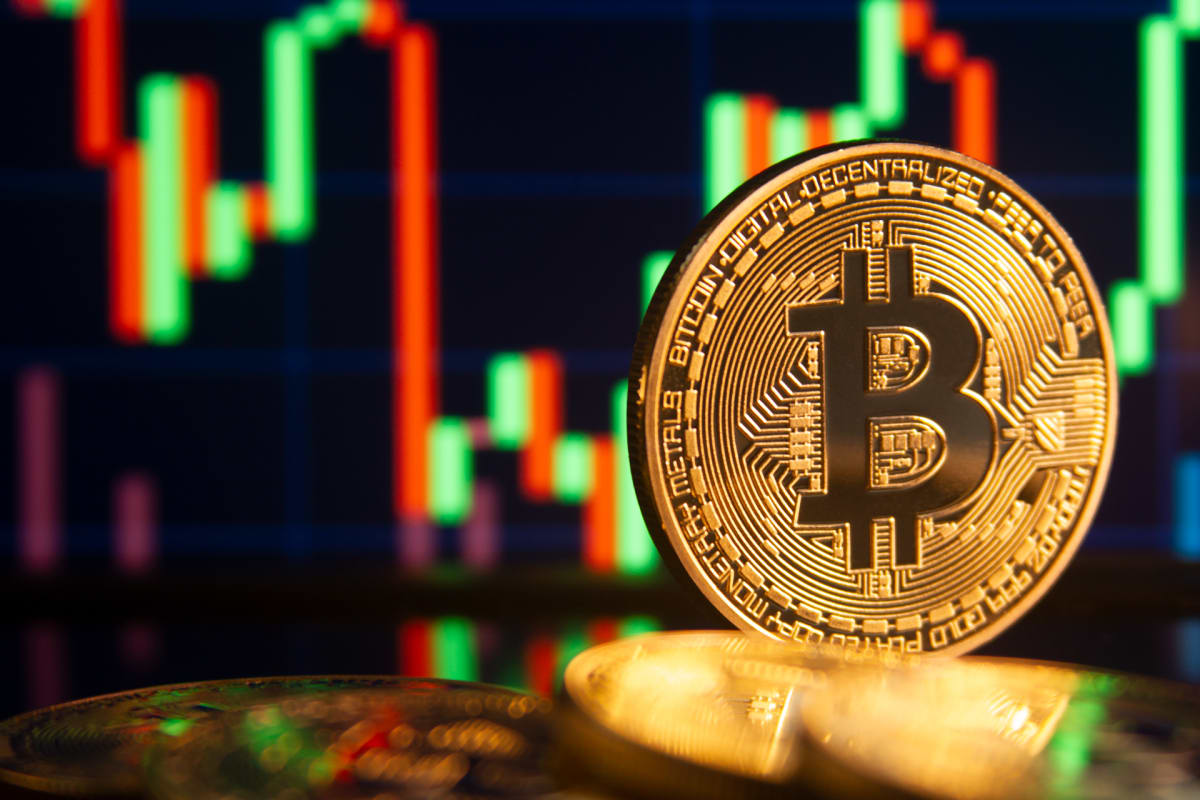How Bitcoin Adoption Will Help India Achieve Its $5 Trillion Economy
India has been one of the most notable emerging economies in the world in the last few decades. It currently stands at seventh place with a nominal GDP of $2.72 trillion and it is expected to overtake the United Kingdom in years to come. India’s PM Narendra Modi envisioned a dream of making India a $5 trillion economy by 2024. But achieving that dream for a country with a population of 1.3 billion might be a challenge if the current economic performance is to be considered. Indeed, bitcoin adoption in India could be the key to its economic future.
India’s Current State
If India’s GDP is to reach $5 trillion by 2025, its minimum annual growth rate will need to be greater than 10.8 percent every year. India’s current GDP growth has fallen sharply from 8 percent last year to 5 percent in the second quarter of 2019. Manufacturing growth in India slumped to a 15-month low in August due to lower sales growth, resulting in factories being forced to shut down production.
Another reason for slowing economic growth is India’s rising unemployment rate, which was 8.5 percent in October, its highest in the last three years. Foreign portfolio investors were net sellers of Indian stocks during the July-September quarter, withdrawing over $3.2 billion from Indian capital markets. The Indian central government’s fiscal deficit is projected to widen to about 3.7 percent in FY20, contrary to the plan of keeping it under 3.3 percent.
With all these lower-than-expected results, the Indian government has been taking a series of measures to boost the economy from the supply-side by pushing public capital expenditures, lowering the corporate tax from 35 percent to 25 percent. India’s central bank, the Reserve Bank of India (RBI) has cut its interest rate five times since the start of 2019 to boost spending.
Back in 1991, India adopted economic liberalization which helped to expand its economy and its role in private investment. Due to this radical reform, India achieved the status of a developing country but failed to adopt similar reforms which would have propelled it toward becoming fully developed. What the Indian government could do is adopt measures to stir the economy in an upward direction and also focus on opening the doors to supplement growth. Right now, India has a chance to live up to this potential by adopting another radical monetary innovation: Bitcoin.
Why Bitcoin?
Bitcoin is the world’s most powerful monetary innovation, with an idea to democratize exchange/store of value without any control from a single authority. Eleven years after its birth, it has been the best-performing asset class and, importantly, is on its way from being merely collectible to achieving the status of digital gold in years to come. Recently, Bitcoin’s hash rate just hit an all-time high of 111 EH/s, restoring confidence in its network despite the price dump. Every day (or, more precisely, every 10 minutes) as Bitcoin’s network becomes stronger than before, it will absorb more monetary value in proportion.
What’s important is that the rise in bitcoin’s monetary value will have a significant impact on India’s fiat currencies. Countries with the weakest monetary policies and currencies are most at risk of economic failure at the outset. Once they begin to fall, a domino effect of all fiat currencies which adopted the wrong monetary policy and engaged in excessive money printing will follow. This threat to fiat currencies is a large part of the reason why governments all around the world are hesitant toward directly adopting bitcoin. But governments should view bitcoin not as a threat but as an opportunity.
Bitcoin as the New Standard
Long before bitcoin, gold was considered a robust store of value. In 1944, 44 countries signed onto the Bretton Woods system, agreeing to peg their currencies to the U.S. dollar (which was, itself, declared to be backed by gold). Due to this structure and overall confidence in its economy, the USA achieved the status of superpower in decades to come. The same sort of robust growth could be achieved by India through bitcoin adoption.
First, India can open the roads for everyone to directly invest in bitcoin legally through banking channels. As it has done with gold, the Indian central bank can continue accumulating bitcoin as the country’s reserves. Due to bitcoin’s fixed supply of 21 million, accumulating earlier than other countries will have a significant advantage in years to come. These bitcoin reserves will be beneficial for carrying out public capital expenditures and aiding the private sector through serial reforms.
Whenever a new investment opportunity knocks on a country’s doors, it has the potential to have an entire ecosystem built up around it. Same is true for bitcoin. It will give rise to new entrepreneurs, new start-ups, new businesses, new innovations, new products and services, new consumers, and altogether new markets. It happened with the internet and smartphones.
It is happening with other technologies like AI and IoT. It is happening with blockchain technology and Bitcoin in some countries like Singapore, Germany, and Switzerland. Hence, it makes eminent sense to let bitcoin flourish in a regulated environment around the world. This philosophy may run contrary to the rebellious roots of some Bitcoin enthusiasts who strive to challenge the current financial system. But let’s be practical here. If bitcoin has to reach a population of 1.3 billion people like India, it will only happen through appreciation, acceptance and minor adjustments.
Bitcoin Adoption Through Access and Innovation
Coming to a common Indian individual, giving them access to invest in bitcoin through regulated channels will help increase their purchasing power. Currently, per capita income is just over $2,000 which is significantly lower than in other developed countries. Also, average retail investors are not allowed to have access to open global high performing markets, secluding them to limited options in India’s equities and commodities markets.
If the Indian government classifies bitcoin as a good/commodity/currency, a population of 1.3 billion will get access to store their wealth in the hardest money resulting in an increase in overall per capita income over time. More importantly, providing access to the hardest money will help maintain a base level of demand during critical times like recession or economic slowdown. Even today, 190 million people in India are unbanked, with the help of bitcoin these people can have access to money management like savings and transacting.
Bitcoin’s on-chain growth will give rise to multiple Bitcoin companies on second/third-layer solutions. With open Indian Bitcoin regulations, it will create many significant Bitcoin innovations and also create a plethora of Bitcoin-related jobs in technological engineering, marketing, etc.
India can take a proactive approach toward bitcoin by first accepting the innovation and later recognizing it. This will help India achieve the status of a $5 trillion economy, or maybe beyond.
In conclusion, it is fair to say, very soon, that bitcoin will help India be more visible and we can become the powerhouse that we have the potential to be. Coupled with our aim to integrate financial inclusivity, we will be unstoppable, as far as booming economies go.
This is an op ed by Sumit Gupta. Views expressed are his own and do not necessarily reflect those of Bitcoin Magazine or BTC Inc.
The post How Bitcoin Adoption Will Help India Achieve Its $5 Trillion Economy appeared first on Bitcoin Magazine.









